How many times I have discussed the Bosch drill machine on this blog because it was my first ever power tool that I bought. I am sentimental about this machine because my grandfather’s memories are attached to it. That’s why despite failing my first Bosch machine, I purchased the same model again. Later, I also revived the older machine with new components.
In this article, we will learn how to use the Bosch GSB 500 RE drill machine. This guide applies to similar models like GSB 10RE, GSB 501, GSB 600, GSB 13RE, etc. We will also discuss the features, safety precautions, setup, maintenance, and troubleshooting. So, let’s do this.
Best Selling Drill Machines
Last update on 2025-02-25 / Affiliate links / Images from Amazon Product Advertising API
I have been using Bosch GSB 10 RE machine for more than ten years for my DIY and home improvement work, which is almost similar to the GSB 500 RE. I have many other machines, but I end up using my Bosch the most because of its handy design and versatility.
Understanding the Bosch GSB 500 RE
Key Features and Specifications
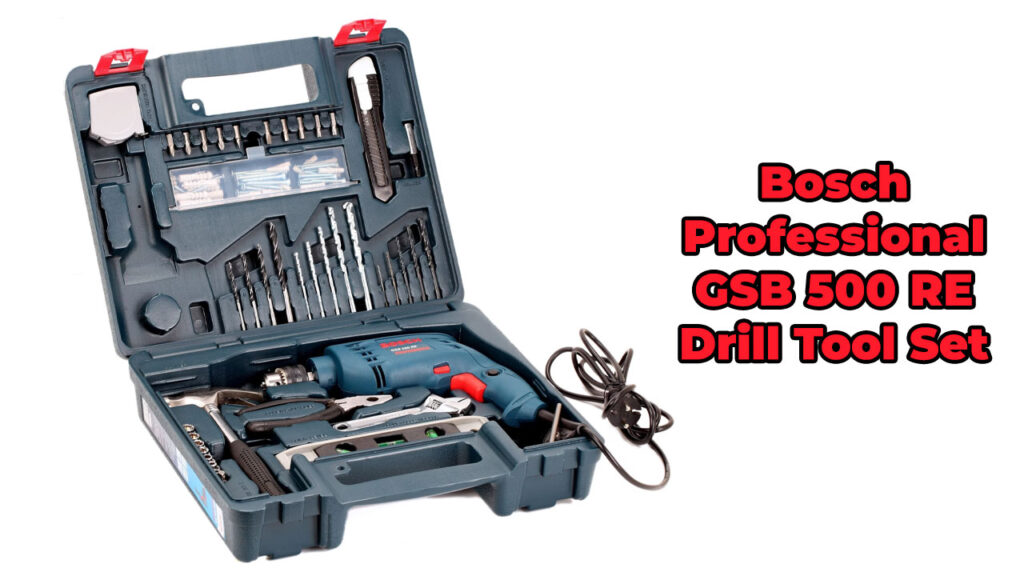
The Bosch GSB 500 RE is known for its cost-effectiveness, impressive power and durability. It is one of the best corded electric drills for beginners. Here are some of its key features:
Product Specifications:
- Drilling Diameter: 10 millimeters
- Drill Spindle Connecting Thread: 43
- Chuck Capacity (min/max): 1.5 – 10 mm
- Material: MS (Mild Steel) and Plastic
- Operating Power: 500 watts
- Forward and Reverse Operation: Yes
- Variable Speed Control: Yes
- Drilling Modes: Standard and Impact
Power and Performance: The drill is powered by a 500-watt motor, providing ample power for various tasks. It has a speed of 2600 RPM at no load, making it suitable for drilling and screwdriving.
Design and Build: Bosch GSB 500 RE is a compact and lightweight machine that is ideal for handling and maneuverability. It features a robust housing that ensures durability and withstands harsh working conditions.
Accessories Included: The GSB 500 RE kit comes with a range of accessories, including three concrete drill bits, three metal/wood drill bits, one hammer, one plier, ten screwdriver bits, 1-bit holder, 30 screws, and 30 nylon plugs which makes it a complete package for DIY enthusiasts.
Types of Tasks it Can Handle
The Bosch GSB 500 RE is a versatile drill machine that is capable of handling the following:
Drilling in Wood: GSB 500 RE is perfect for drilling holes in wood. According to your project requirements, you can use different kinds of drill bits, such as spades, Forstner, and countersinks.
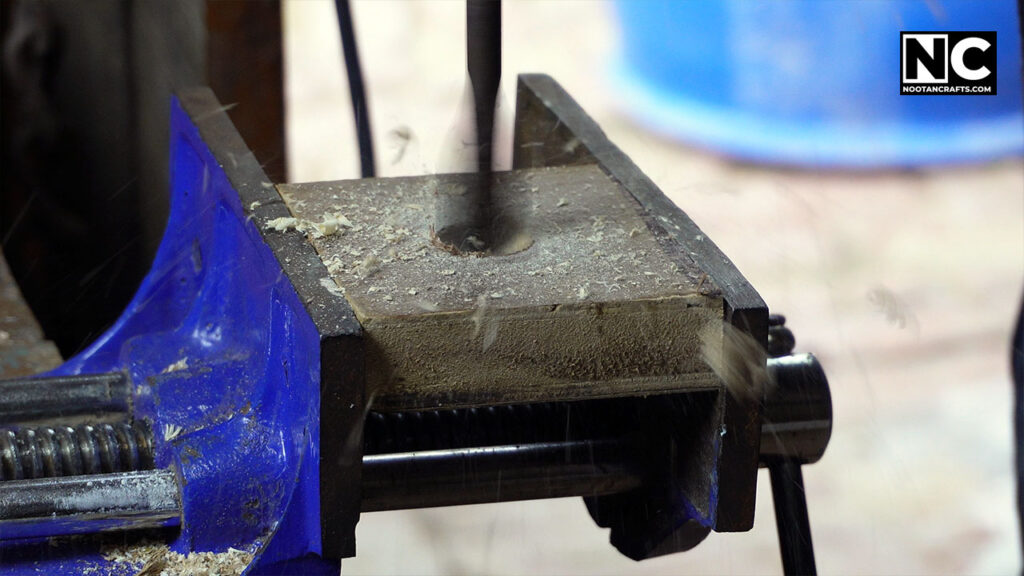
Drilling in Metal: It can quickly drill through metal sheets and pipes. Remember, due to its confined power, you must avoid using it for material that is too thick.
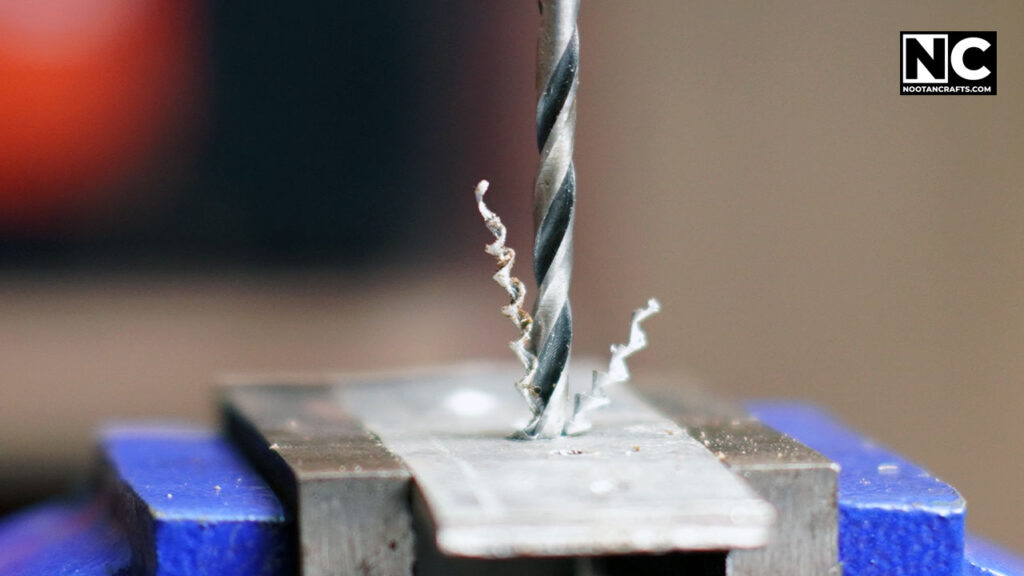
Drilling in Concrete: With the right masonry drill bit, this machine can penetrate concrete walls and floors. It will undoubtedly take a bit more effort than a hammer drill, but it can do the trick.
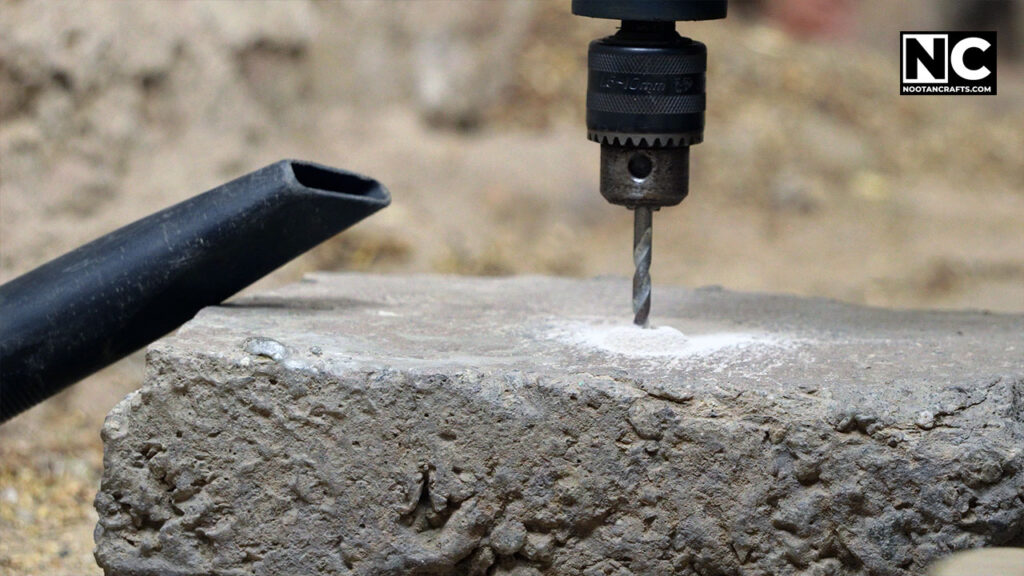
Screwdriving Capabilities: The drill can also be used for driving screws and bolts, making it a multifunctional tool. Driving screws require a bit of practice with this machine because there is no torque control which can cause screw breaking.
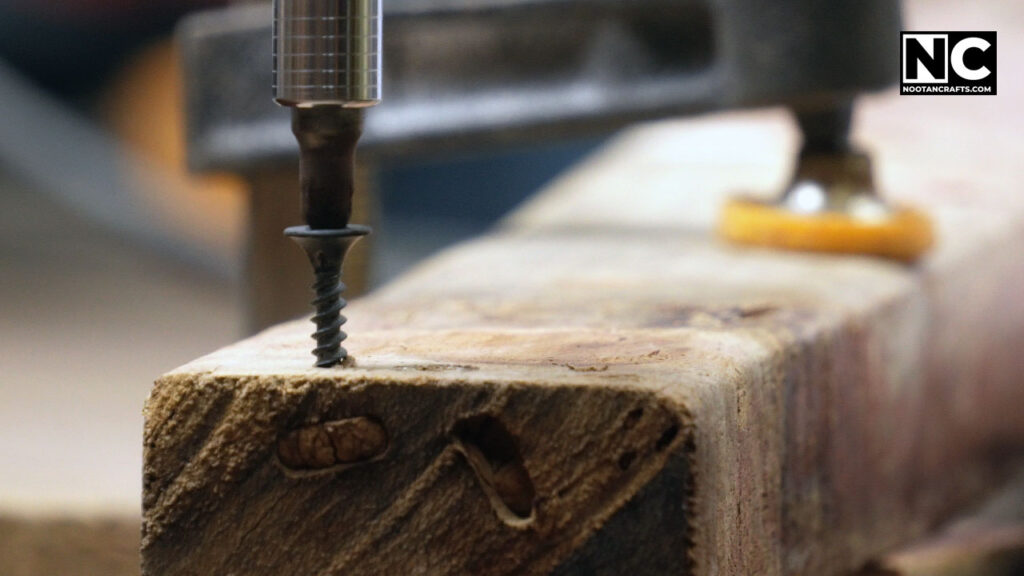
Safety Precautions
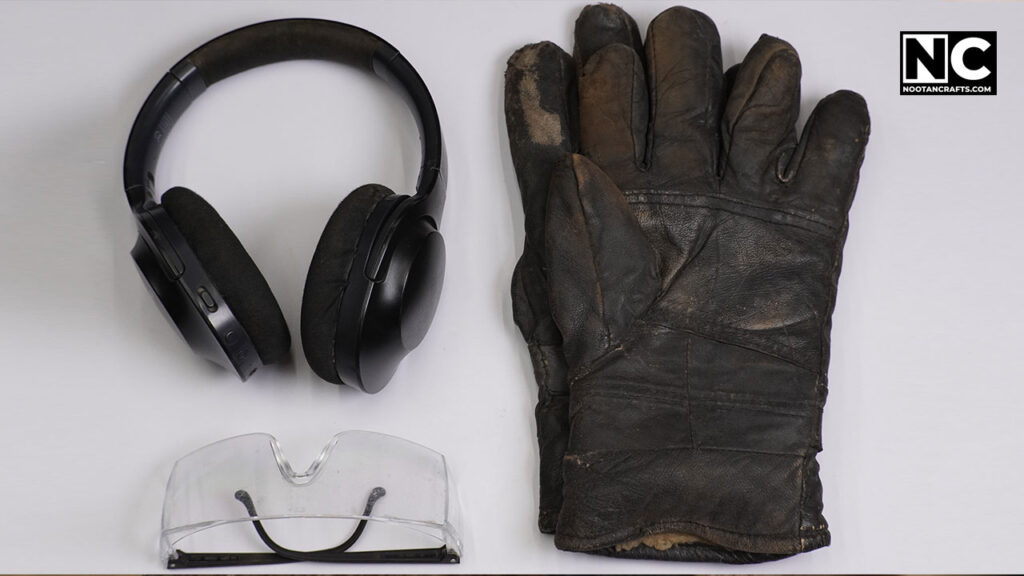
Personal Protective Equipment
Before using any drill machine, it’s crucial to prioritize safety. Wear the following personal protective equipment:
Safety Glasses: I recommend wearing safety glasses to protect your eyes from flying debris.
Gloves: Safeguard your hands from sharp objects and hot surfaces, especially when working with metal or concrete.
Ear Protection: To keep your ear safe from the raspy and loud noise of power tools, always wear Earmuffs.
Workspace Safety
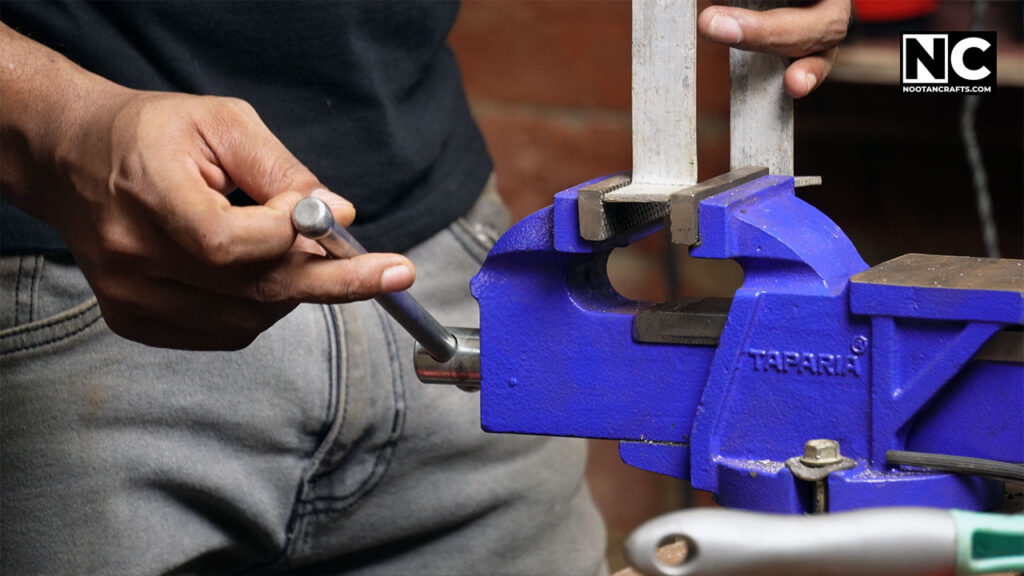
Ensure your workspace is safe and organized:
Clean and Well-Lit Area: It may sound cliche, but a clutter-free and well-lit workspace helps prevent accidents.
Secure Workpieces: You must clamp down the material to avoid movement during drilling, especially when working with a smaller piece.
Setting Up the Bosch GSB 500 RE
Unboxing and Inspecting the Drill
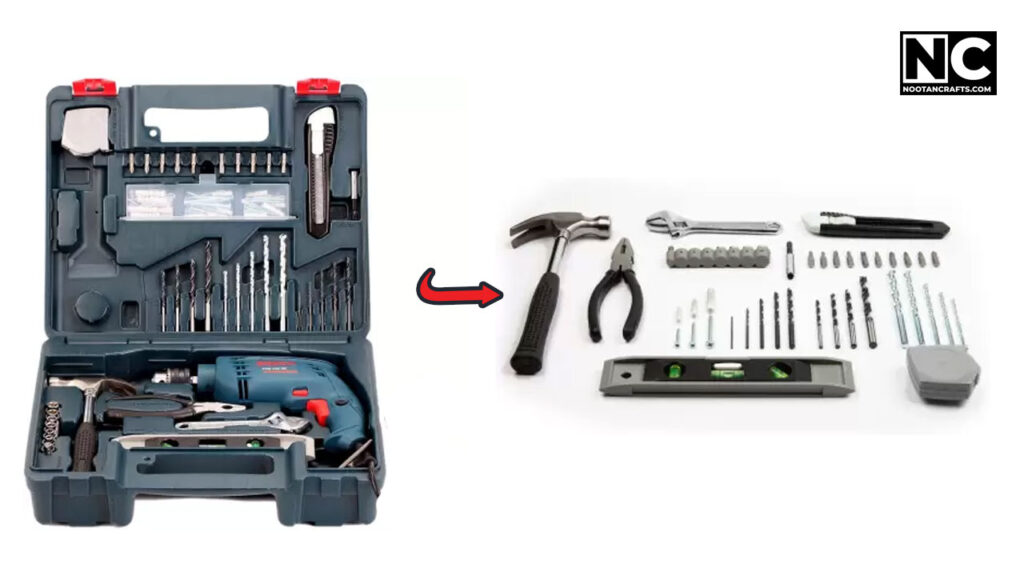
When you first unbox your Bosch GSB 500 RE kit, ensures that all parts and accessories are included and in good condition. Familiarize yourself with the drill’s components, such as chuck, trigger, forward/reverse button, mode switch, and speed control.
Installing the Drill Bit
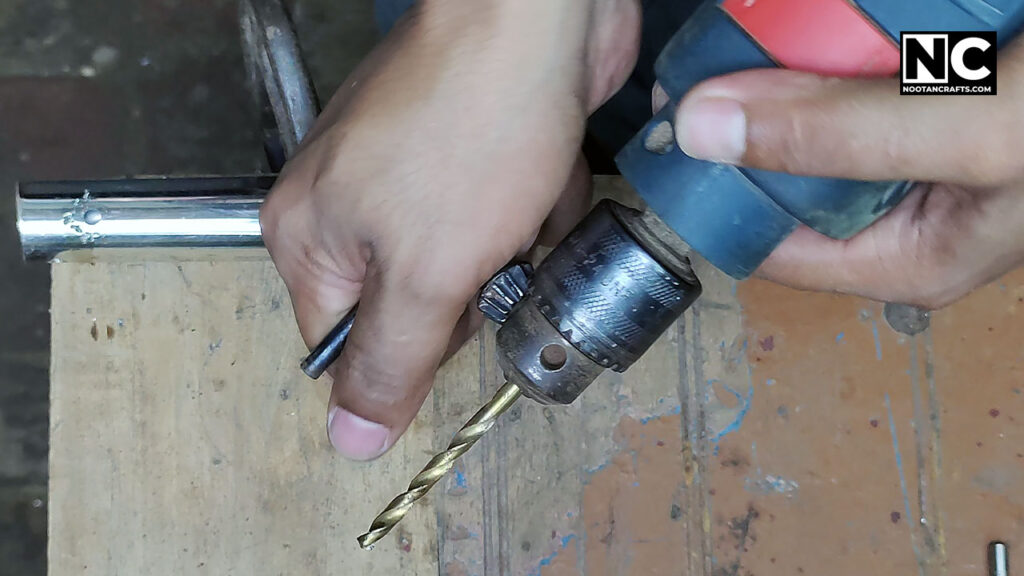
Follow these steps to install the drill bit properly:
Select the Right Drill Bit: Make sure you choose the right drill bit according to the material you’re working on.
Secure the Drill Bit: First, loosen the chuck slightly more than the bit diameter. Now, Insert the drill bit and tighten it using the chuck key. Ensure it is firmly secured and centered to avoid wobbling and slipping during drilling.
How to Use the Bosch GSB 500 RE Drill Machine
Basic Operation
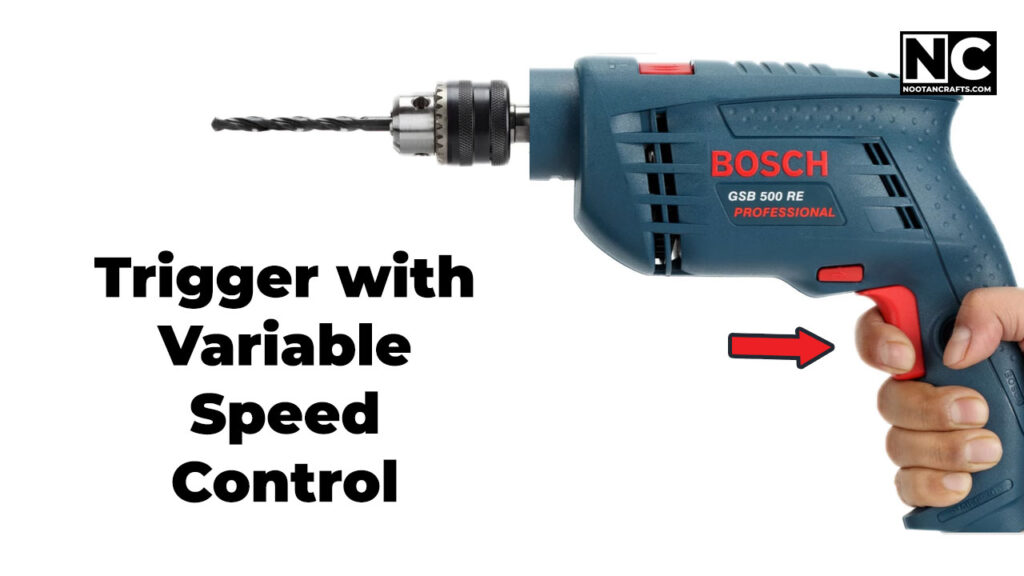
Understanding the basic operation of the drill is essential:
Powering On the Drill: It’s straightforward; plug in the drill and press the trigger to start. Release the trigger to stop.
Adjusting Speed: Bosch GSB 500 RE offers a built-in speed controller into the trigger. The harder you press the trigger, the faster the machine will run. Lower speeds are suitable for screwdriving, while higher speeds are ideal for drilling.
Drilling Techniques
For effective drilling, consider these techniques:
Proper Stance and Grip: Hold the drill firmly with both hands to avoid jerking, and stand with your feet shoulder-width apart for stability.

Drilling into Different Materials: You must adjust the drill speed according to your working material. For wood, use high speed; for metal, use medium speed; for concrete, use low speed and hammer mode.

Using the Reverse Function: By pushing the forward/reverse button, you can change the rotational direction of the drill. It’s useful when you unscrew or drill a deep hole and need to back up the drill bit.
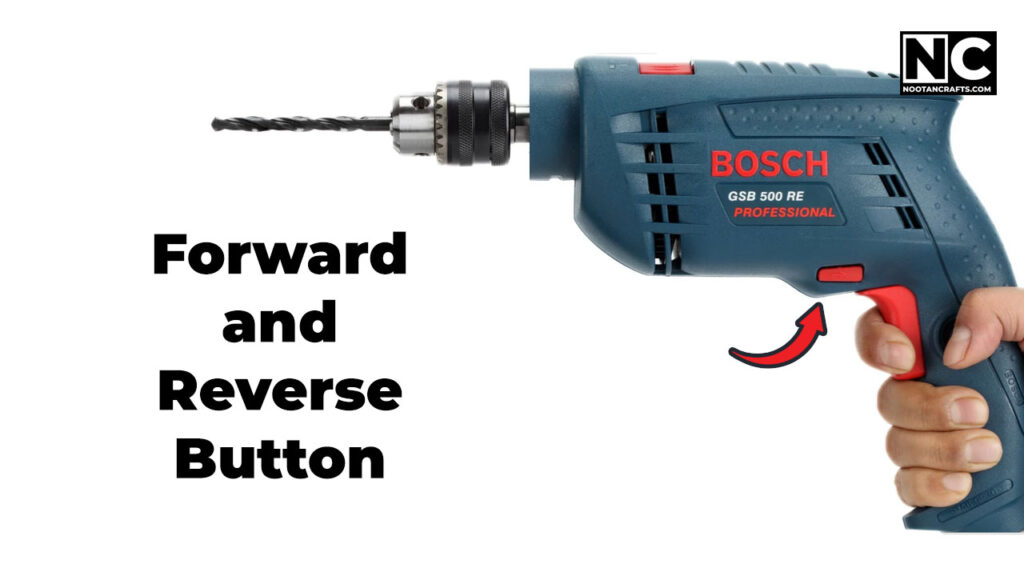
Maintenance and Care of Bosch Drill Machines
Cleaning the Drill
Regular cleaning is vital to keep your drill in top functional condition. You must clean your drill machine after each use with a dry cloth to remove dust and debris.
Storing the Drill
Proper storage extends the life of your drill. It would be best if you stored the drill dry, away from moisture and extreme temperatures.
Regular Maintenance Checks
Perform routine checks to ensure your drill’s longevity, such as checking whether its power cord isn’t intact and the trigger works fine. Also, regularly check the drill bits for their sharpness. Sharpen them or replace them if required.
Troubleshooting Common Issues
Drill Not Starting
Possible Causes: Check the power source and ensure the drill is plugged in properly. Also, inspect the cord for any damage.
Solutions: Replace the power cord if necessary. Sometimes, the trigger may be the culprit, so check if replacing the power cord doesn’t work.
Overheating
Drill is overheating
Prevention: Take breaks during prolonged use and avoid overloading the drill, such as not crossing its limitations.
Remedies: Allow the drill to cool down before continuing use. Use multiple drills if you’re working on a bigger project, which will allow
Poor Drilling Performance
If the drill isn’t performing well:
Identifying the Problem: Check if the drill bit is dull or if the material is too hard.
Fixing the Issue: Replace the drill bit with a sharper one. Also, the speed and pressure should be adjusted according to the material requirements.
FAQs
The Bosch GSB 500 RE can drill up to 10mm in steel, 13mm in concrete, and 20mm in wood.
Yes, the Bosch GSB 500 RE can be used for screwdriving, but make sure to go easy with the trigger since it doesn’t offer torque control.
Use the chuck key to loosen the chuck, insert the new drill bit, and tighten the chuck securely.
Regularly clean the drill, check for wear and tear, replace worn parts, and store it properly.
Check the power source, inspect the cord, ensure the trigger is functioning, and replace any damaged parts as needed.
Conclusion
The Bosch GSB 500 RE is one of the most cost-efficient, versatile, and reliable drill machines that can handle a wide range of tasks. By understanding its features, you can unlock its full potential. No doubt, to make the most out of your Bosch drill, you have to keep practicing with different materials and bits. Thanks for reading; until next time, keep crafting.
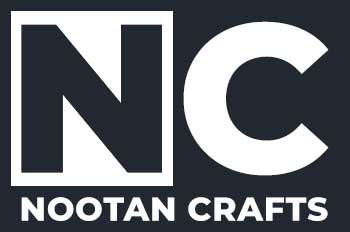




“Great overview! I think it’s also crucial to mention the importance of understanding the torque settings on a Bosch drill. Depending on the material you’re working with, adjusting the torque can prevent stripping screws or damaging the surface. For beginners, it’s helpful to start with a lower setting and gradually increase it until you find the right balance.”
Informative post! For those working with concrete or masonry, it’s worth mentioning the hammer function on some Bosch drills. Understanding how to properly engage this feature and selecting the right
Bosch drill are like old wine, the older they get finer they work. I am a huge fan of Bosch, love it.
Great overview! I think it’s also crucial to mention the importance of understanding the torque settings on a Bosch drill.
Thanks for the practical tips! I’d like to highlight the ergonomic design and safety features of Bosch drills. Features like the soft grip handle and the adjustable side handle can make a significant difference during extended use, reducing fatigue and improving precision.
That’s all I wanted but did’t find anywhere, thanks mate!